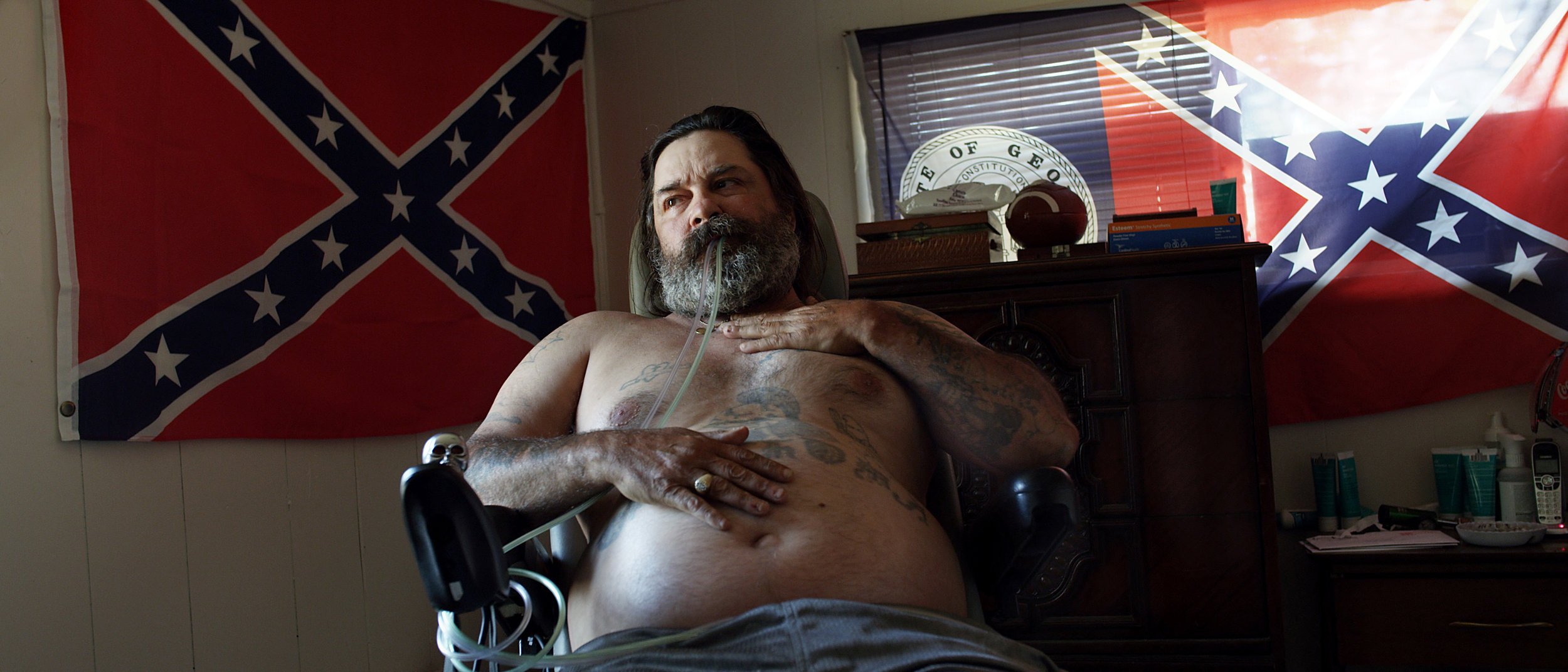I’m a photographer who so much loves making films. Some seven years back, when invited to work on an upcoming Terrence Malick film in Oklahoma, I was truly honored. My job, as I understood it, was to help seek out local townspeople who might wish to appear in his movie, then videotape them in the company of the actor Javier Bardem, who was playing the part of a priest. The short scenes that I’d be shooting might later be woven into the final production.
And so it happened that a fictional priest entered into the lives of the residents of a mid-America town. Everyone we approached was informed that Javier was not a real priest, but it didn’t seem to matter, since each of them had stories that they wanted to tell. As a young mother, who was in mourning for her dead baby, explained, “There are not many people who will listen.”
We met a cancer patient, a Klansman, an inmate, an unemployed young man soon to be a dad. Nothing was scripted. The briefest of questions were asked, before people began talking about things that they seldom talked about, that they’d forgotten, that were central to their lives, and we couldn’t turn away. Days turned into weeks, relationships grew more profound, emotions deepened. Suddenly the job was over, footage turned in. But we weren’t finished. The people we’d met—neither Javier nor I could get them out of our minds. We agreed that we’d make a film about our experience together in Oklahoma. But the fact was the video footage I’d shot didn’t belong to us. Years would pass before this material was graciously licensed to us and another phase of the project began. Even with the remarkable interactions and Javier’s egoless performance unwinding before us, it wasn’t immediately obvious that there was a coherent film there. My editor Sam Richards and I worked to shape eleven distinct and deeply personal encounters into what we hoped would be a thoughtful and timely narrative.
-Eugene Richards
Director and Executive Producer, "Thy Kingdom Come"


